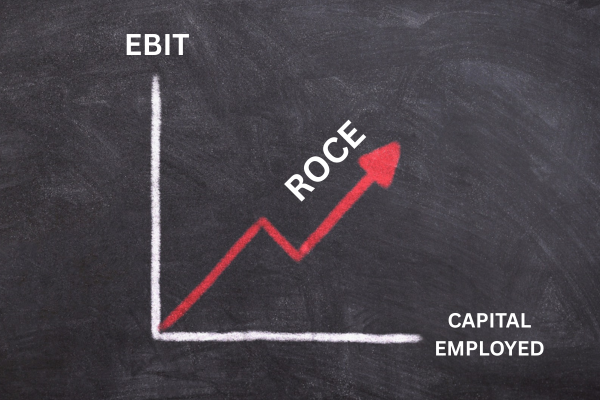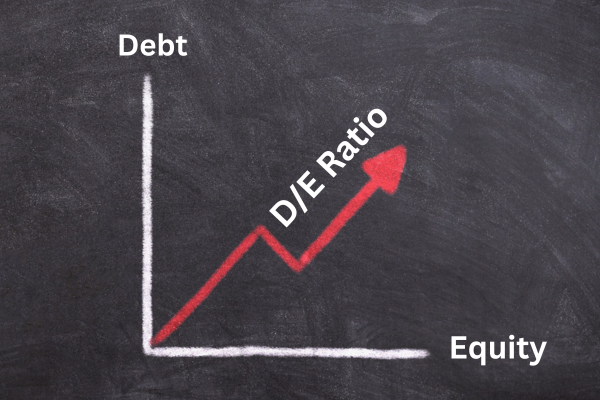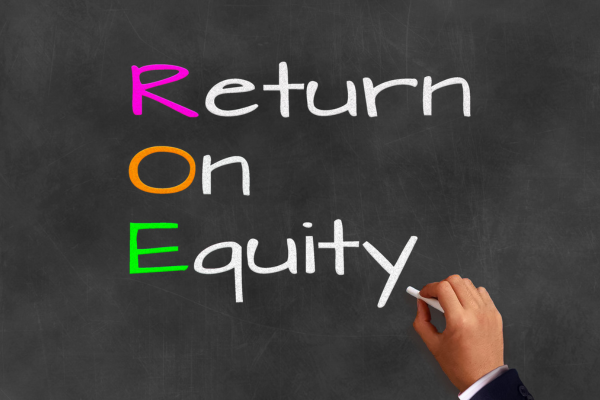Free cash flow is one of the most important indicators of a company’s financial health. While earnings (or net profit) often grab the headlines, smart investors know that free cash flow tells the real story. Unlike earnings, which can be manipulated with accounting tricks, free cash flow shows how much actual cash a company has after covering its operational and capital expenses.
This guide explains why free cash flow matters more than earnings, how to calculate it, and why you should use it as a primary tool in your investment decisions.
Table of Contents
What is Free Cash Flow?
Free cash flow (FCF) refers to the cash a company generates from its business operations after deducting capital expenditures (CapEx). It’s the cash available for shareholders, debt repayment, dividends, or reinvestment.
Formula:
Free Cash Flow = Operating Cash Flow – Capital Expenditures
Free Cash Flow vs Earnings: Key Differences
| Aspect | Free Cash Flow | Earnings (Net Income) |
|---|---|---|
| Basis | Cash-based | Accrual-based |
| Includes Depreciation? | Yes | Yes |
| Non-cash Adjustments | Excludes them | Includes many (depreciation, amortization) |
| Accuracy | Reflects real cash | Can be affected by accounting adjustments |
| Investment Insight | Better for understanding financial flexibility | May not show true liquidity |
Conclusion: Free cash flow is more transparent and harder to manipulate, making it a more trustworthy measure.
Why Free Cash Flow Matters More Than Earnings

Here’s why free cash flow is considered more reliable:
1. Shows Real Cash In-Hand
- Earnings are based on accounting principles.
- Free cash flow shows the actual money available for use.
2. Harder to Manipulate
- Creative accounting can inflate earnings.
- Free cash flow reflects true operational performance.
3. Supports Business Decisions
- FCF funds expansions, acquisitions, and R&D.
- A company with high FCF is financially strong.
4. Useful in Valuation Models
- Discounted cash flow (DCF) model is based on future FCFs.
- Investors prefer FCF for fair valuation.
5. Dividend Sustainability
- Dividends come from available cash, not from earnings.
- If a company has high FCF, it can sustain or increase dividends.
How to Calculate Free Cash Flow (With Example)
Step-by-Step:
- Get the Operating Cash Flow from the Cash Flow Statement.
- Subtract Capital Expenditures (CapEx).
- Result = Free Cash Flow.
Example:
- Operating Cash Flow = ₹5,00,000
- Capital Expenditures = ₹1,50,000
Free Cash Flow = ₹5,00,000 – ₹1,50,000 = ₹3,50,000
What High Free Cash Flow Indicates
- Efficient operations
- Strong potential to pay dividends or reduce debt
- Financial flexibility
- Resilience in downturns
- Ability to reinvest for future growth
What Low or Negative Free Cash Flow Indicates
- High reinvestment (CapEx) in growth phase
- Poor operational cash flow
- Potential liquidity issues
- May not sustain dividends or pay debts
Real-World Example: TCS vs Vodafone Idea
Let’s compare TCS and Vodafone Idea to understand the importance of free cash flow. TCS, a leading IT company, consistently generates strong free cash flow, allowing it to reinvest in growth, pay dividends, and maintain financial stability.
In contrast, Vodafone Idea has been struggling with negative free cash flow due to high debt and ongoing losses. While both companies may report revenues, TCS’s ability to generate surplus cash shows its financial strength, whereas Vodafone Idea’s weak cash flow highlights potential risks.
Relationship Between Free Cash Flow and Other Financial Metrics
- PE Ratio (Price to Earnings)
- Relation: PE uses net earnings, but earnings can be manipulated with accounting entries.
- Why FCF matters: FCF shows real cash generation, giving a clearer picture of value. A company may have a high PE but low FCF, indicating poor cash flow despite earnings.
- EPS (Earnings Per Share)
- Relation: EPS is derived from net profit.
- Why FCF matters: High EPS with low or negative FCF may be a red flag—profits aren’t converting to cash.
- Book Value
- Relation: Book value reflects the company’s net assets.
- Why FCF matters: Consistently positive FCF increases retained earnings, which boosts book value over time.
- ROE (Return on Equity)
- Relation: ROE measures net profit vs equity.
- Why FCF matters: High ROE without corresponding FCF may signal aggressive accounting or unsustainable earnings.
- ROCE (Return on Capital Employed)
- Relation: ROCE shows how efficiently capital is used.
- Why FCF matters: FCF complements ROCE—high ROCE with low FCF may mean profits are locked in receivables or inventory.
- Debt to Equity Ratio
- Relation: Shows financial leverage.
- Why FCF matters: High debt needs healthy FCF to meet interest and repayments. FCF is a better indicator of debt sustainability.
- Dividend Payout Ratio
- Relation: Compares dividends paid to net income.
- Why FCF matters: Dividends are paid in cash, not earnings—so FCF is a better measure of dividend-paying capacity.
Free Cash Flow and Dividend Investing
If you follow a dividend investing strategy, always check FCF. High FCF = high dividend reliability.
For example:
- Infosys has strong FCF and regular dividend payouts.
- Small cap companies with low FCF may skip dividends during bad years.
How Free Cash Flow Impacts Stock Price
Free cash flow (FCF) plays a crucial role in influencing a company’s stock price. When a company consistently generates strong free cash flow, it signals financial health, efficient operations, and the ability to reinvest in growth or reward shareholders through dividends and buybacks.
Investors view positive FCF as a sign of sustainability and lower risk, often leading to increased demand for the stock and higher prices. On the other hand, weak or negative FCF can raise concerns about liquidity and future performance, putting downward pressure on stock value. Hence, FCF is a powerful indicator for long-term stock valuation.
Warning: Free Cash Flow Can Also Mislead
While better than earnings, free cash flow can still be manipulated by:
- Delaying Capital Expenditures
- Changing working capital aggressively
- Selling assets for cash boost
So, always look at consistent trends, not just one quarter.
When to Use Free Cash Flow Over Earnings
Free cash flow (FCF) is more reliable than earnings when evaluating a company’s true financial strength, especially during periods of aggressive accounting or one-time gains. While earnings can be influenced by non-cash items and accounting adjustments, FCF reflects actual cash generation.
Investors should prioritize FCF over earnings when analyzing capital-intensive businesses, assessing dividend sustainability, or spotting hidden financial risks. It offers a clearer picture of a company’s ability to grow, repay debt, or reward shareholders.
Free Cash Flow Metrics to Track
- FCF Margin = (Free Cash Flow ÷ Revenue) × 100
- FCF Yield = (Free Cash Flow ÷ Market Cap) × 100
- Growth in FCF YoY – Are they growing cash reserves?
Tools to Analyze Free Cash Flow
You can use platforms like:
- Screener.in
- Tickertape
- Moneycontrol
- TradingView
These sites provide FCF data and trends over time.
Free cash flow is a vital metric that reveals a company’s true financial power. It helps investors separate fundamentally strong companies from those just showing good numbers on paper. When used wisely, free cash flow can guide better investment decisions than earnings alone.
If you’re serious about investing, start tracking free cash flow regularly!
Frequently Asked Questions (FAQs)
Q1: Is Free Cash Flow Always Positive?
Not always. Startups or growing firms may have negative Free Cash Flow due to heavy Capital Expenditures.
Q2: Can Free Cash Flow be better than earnings?
Yes. A company may post average earnings but strong free cash flow — this is a green flag.
Q3: What is a good free cash flow ratio?
A good free cash flow ratio is typically above 15%, indicating strong financial health. Ratios between 10%–15% are acceptable, while below 10% may signal weak cash generation.





